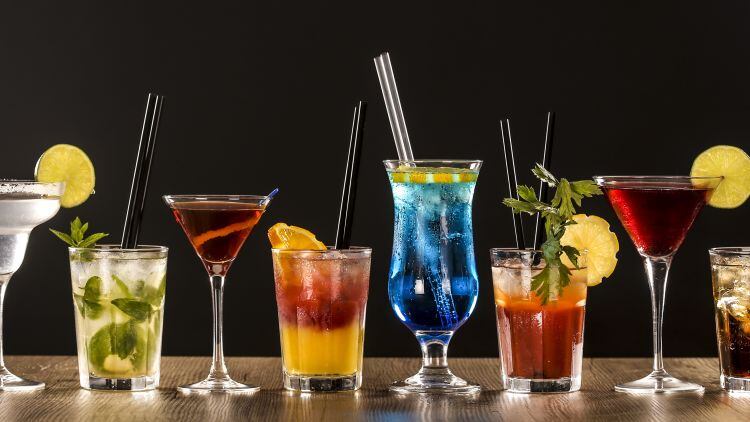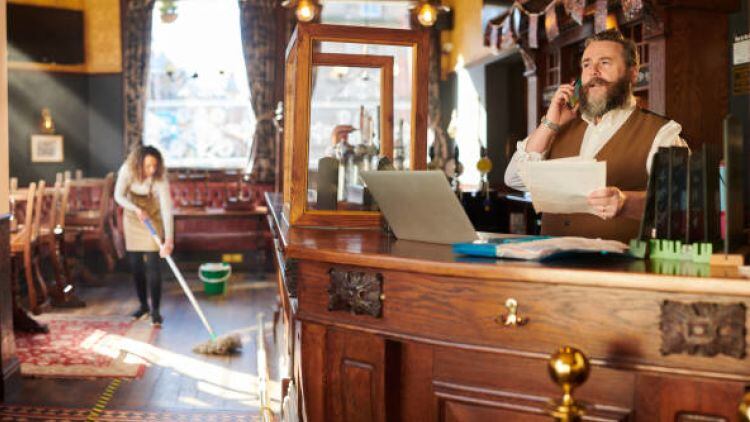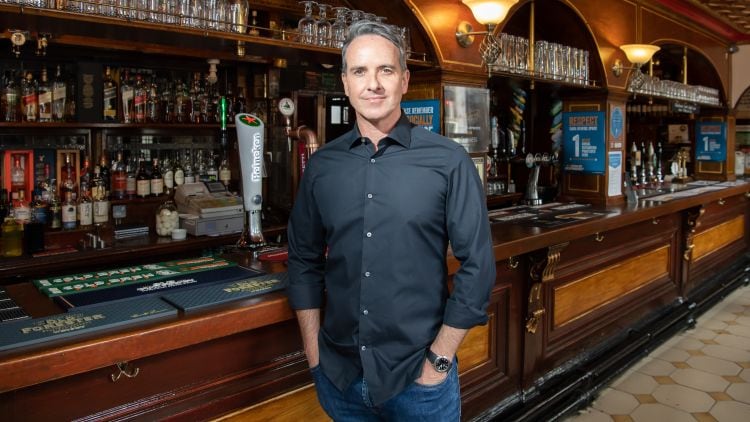16 March 2020 – the day the Prime Minister first told us all we must ‘stay at home’ – plunged pubs, bars and restaurants up and down the country into one of the most uncertain periods the sector has ever experienced.
In the two years since, our industry, brewers and operators alike, have worked through previously unforeseeable obstacles – lockdowns, restricted reopening and, of course, massive fluctuations in consumer confidence.
A gradual return
Consumer behaviour is taking a long time to return to normal. A study from the CGA showed that, post ‘Freedom Day’, confidence was still well below pre-Covid levels , particular among older drinkers. Undoubtedly, this has contributed to more of a trickle than a flood in certain demographics returning to their favourite places for a drink.
In the early stages of reopening, two in five of those who weren’t returning to the pubs were 55 or over.
But across the board, behaviours are changing in ways that affect the flow of customers into pubs, bars and restaurants. Working habits have been altered permanently by the pandemic, with far fewer people going into the office every day .
This means less likelihood of after-work gatherings, with many opting for quieter nights closer to home, reducing the footfall at outlets in town and city centres.
What does the typical customer look like in 2022?
The upshot of this has been a significant change in customer profile. They are younger on average and more affluent, having been able to save very effectively during the pandemic .
Occasions also tend to be shorter and, when they do go out, drinkers are more often looking to treat themselves by buying a smaller number of more premium beverages. Core Keg and Cask Ales have seen their share of the drinks category come under pressure as a result – even if they still command the largest overall market share.
Part of this new environment might be the impact of the ‘novelty factor’ felt after reopening. This was certainly felt in the spirits category which saw a notable sales uptick in the early days after lockdown ended and increased its market share of the overall alcohol category by 4% in 2021 .
The novelty influence is likely to lessen over time though, when being able to move around freely, visit friends, pubs bars and restaurants has been the norm for some time.
What next?
As confidence builds, and more people venture back to their favourite outlets, we expect to see some normalisation of the sales mix. Larger and more frequent group occasions are returning as is travel for work and leisure.
As such, outlets should expect a bounce back from their core categories, while the growth in premium is likely to taper off to an extent.
That aside, it’s difficult to say for certain where the chips will fall. The pandemic certainly expedited some already emerging trends, but every indicator we have suggests the world hasn’t seen an irreversible shift. Ultimately, we need to see things settle a little more before we can point with confidence to what the new landscape for hospitality outlets looks like.
Undoubtedly, the market will continue to change as more people return to the on-trade, in particular the older generation that have so far been most reticent. Likewise, the financial challenges ahead – rising energy bills, higher national insurance contributions – could see the appetite for premium start to wane as purse strings tighten.
What will remain true is the need for a balanced range. The most successful offerings will be those that cater for a variety of different consumer occasions – from the trusted core favourites, to new, premium alternatives, and more choice beyond beer and cider such as hard seltzers and interesting adult soft options.




